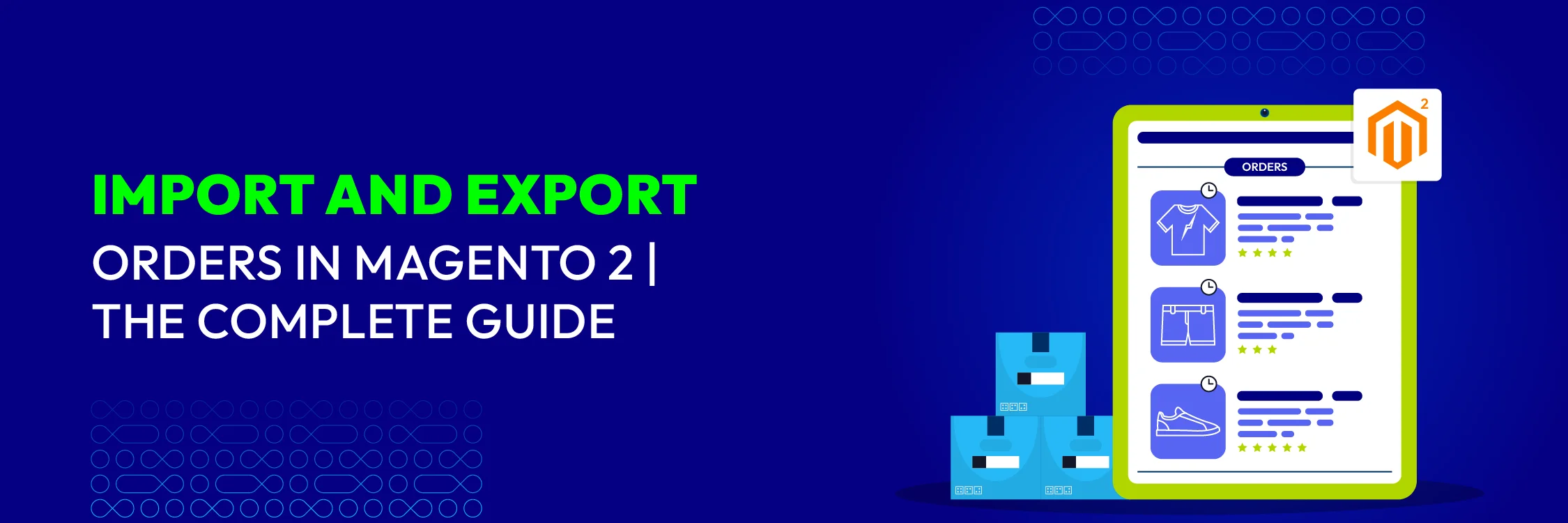An Ultimate Guide Of Cost-benefit Analysis
12-18-2024

Business managers have to face dozens of decisions that need to be made every day. Good managers do not just make decisions based on instinct. Whenever you make a business decision, you have to weigh one option against another. Cost-benefit analysis is the simplest way which helps you to compare two options to decide which option is best for you. Performing a cost-benefit analysis is critical to any project. By using cost-benefit intelligently, you can minimize risks and maximize returns both for your project and your business.
If you are considering What is a cost-benefit analysis? How to perform a cost-benefit analysis? What are the limitations of this analysis? Keep reading, and you will find all these answers in this article!
Related Posts
- Top 10 Analytical Tools For Business Analysis
- What Are Internal And External Environmental Factors That Affect Business
- 9 Ecommerce Mistakes That Can Bleed Your Profit To Death
What is a cost-benefit analysis (CBA)?
As its name suggests, cost-benefit analysis is a process by which you compare the estimated costs against expected benefits associated with a project to determine whether to go ahead with the project or not. Specifically, before taking a new project, the manager conducts a cost-benefit analysis to evaluate all the potential costs and profit that a company might earn from the project. The difference between the cost and the profit will determine whether the project is profitably feasible or the company should pursue another project.
Typically, once you are in love with a business idea, you can easily let your imagination run away with you. Many companies have poorly suffered since they pour money into a project that sounded good in the boardroom but finally did not generate any returns. With cost-benefit analysis, you can find out the best approach to gain your goal while saving on investment.
The cost-benefit analysis is the foundation of the decision-making process. This analysis offers unique and valuable insight, which mainly help you to:
Determine whether a proposed project is financially feasible by evaluating its benefits and costs. Offer a benchmark for comparing project by determining which projects’ benefits outweigh its costs.
How to perform a cost-benefit analysis?
Step 1: Identify the goals of the project
The first and perhaps most crucial step of cost-benefit analysis is determining what the problem you are trying to solve. Before you can decide whether you pursue the project, you need to have a clear and defined idea of what is set to accomplish. A cost-benefit analysis will be most effective if you use the most straightforward terms to articulate the problem. For instance, “Should we hire a new customer service executive?” is a better problem to evaluate than “How we should resolve the gaps in our customer expectation?”
Step 2: Brainstorm costs and benefits
What are the costs?
After having a clear and defined goal of the project, it is time to brainstorm all costs associated with the plan and compile a comprehensive list of these.
The costs involved in a cost-benefit analysis process might include the following:
- Direct costs: Direct labor cost, inventory, manufacturing expenses, etc.
- Indirect costs: Electricity, overhead costs from management, rent, utilities, etc.
Not only consider these above tangible costs, but you also need to consider intangible costs. These intangible costs include customer impact of pursuing a new business strategy, delivery delays of product, employee impact, etc.
Additionally, business managers also need to consider the opportunity costs of the project or action such as alternative investments or buying a factory versus building one. Besides, you should anticipate the cost of potential risks such as regulatory risks, environmental impact, etc.
What are the benefits?
Then, you need to take time to list all the possible benefits that the company will receive from the project. These benefits might include revenue and sales increases from added production or new product. When performing a cost-benefit analysis, project managers should also care about other intangible benefits. For example, the improvement of working conditions or faster delivery increases employees safety and morale, as well as customers satisfaction. Moreover, the result of the decision based on cost-benefit analysis can also help businesses gain competitive advantages or market share. Remember to consider both the short term and long term benefits that the project may generate.
Step 3: Assign monetary values to the costs and benefits
Once you have two full lists of costs and benefits for the course of action, you need to apply the monetary measure to each cost or benefit. Accurately predicting the costs and future revenue of the project is hugely challenging, especially if you have never conducted a project like this one before.
For some cases like the cost of installing software, the monetary value will be visible. However, it is more challenging to come up with numerical values for indirect cost or intangible benefits. For instance, installing new software may make an employee’s computer inaccessible for one hour. As a result, the working time and productivity of that employee are costed and money created for the business decreases. However, the new software will help your employees work more effectively, enhance their satisfaction. It is tricky for you to express these indirect costs and intangible benefits in monetary equivalents.
Hence, business managers should have a conservative approach with a conscious effort to avoid any misestimates or subjective tendencies when giving monetary values to the costs and benefits. Think carefully and include all the possible expenses that may arise both during the project and after it is launched. Besides, you need to consider how both costs and benefits will change over time. Also, you should consult with stakeholders to properly evaluate the costs and benefits associated with the project.
Step 4: Compare costs and benefits
In the final step, you need to take sums of costs, benefits, compare two values, and make your decision. If the benefits outweigh the costs, the rational choice is to green-light the project. If not, the company should review the plan to see whether it can make adjustments to either increase benefits or reduce costs to make the project feasible. Otherwise, the business should likely avoid the project.
The cost-benefit analysis does not end there. At this stage, most companies will put the payback period into consideration. For simple analysis, your payback period is calculated with the following formula:
Length of payback period = Total cost / total revenue
The payback period shows just the amount of time it will take for the company to repay the cost of investment or hit the breakeven point. At this point, the benefit is enough to recover the cost. The shorter the payback period is, the less time you have to wait before your projects begin making money.
What are the limitations of cost-benefit analysis?
Cost-benefit analysis is relatively simple and straightforward, but the two key following factors limit the accuracy of this analysis:
- How far into the future, you look to determine benefits.
- On which assumptions you base your analysis.
Inaccurately estimate the future value
The most significant disadvantage of cost-benefit analysis is ignoring the time value of money. This term means that the money today is worth more than the same amount of money you receive in the future because today money could be invested and generate income. Hence, the farther into the future you look once performing your cost-benefit analysis, the more necessary it is to convert your estimated benefits and costs into today dollar.
Unfortunately, the farther you look, the less accuracy of your estimation is. For small to mid-sized projects that don’t take a too long time to complete, cost-benefit analysis may be sufficient enough to make a proper, rational decision. For substantial projects that go on for a long time, a cost-benefit analysis may fail to account for inflation, interest rates, etc. These critical financial concerns might not significant in the short term but would affect to project in the long run.
Use unreasonable assumptions
Unless you are fortunate, you are never will get all the information you need to perform a cost-benefit analysis. One way to fill all the gaps in the information is by making assumptions. For the inexperienced business manager, making your assumptions is one of the most frightening aspects of cost-benefit analysis.
There are a lot of human elements involving in the cost-benefit analysis process. A project manager may insert a personal or organizational bias into the analysis. On the data side, the business can base on too much on data complied from previous projects without the necessary adjustments. Besides, some intangible benefits, such as improved brand recognition, employee morale, customer loyalty, etc. may not be measured accurately by money. The value people put on intangible things can be very subjective. The ambiguity and uncertainty involved in measuring and assigning a monetary value to intangible items lead to a wrong analysis, and inefficient decision-making.
Final words
Bear in mind that conducting the cost-benefit analysis is an essential step in determining whether any project is worth to pursue. For making straightforward financial decisions,cost-benefit analysis may be a useful tool. However, for critical, high cost and complex decisions, you should use other robust methods such as Net Present Value (NPV) and the Internal Rate of Return.







